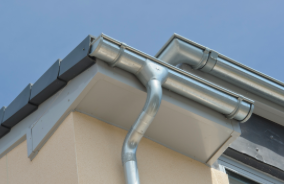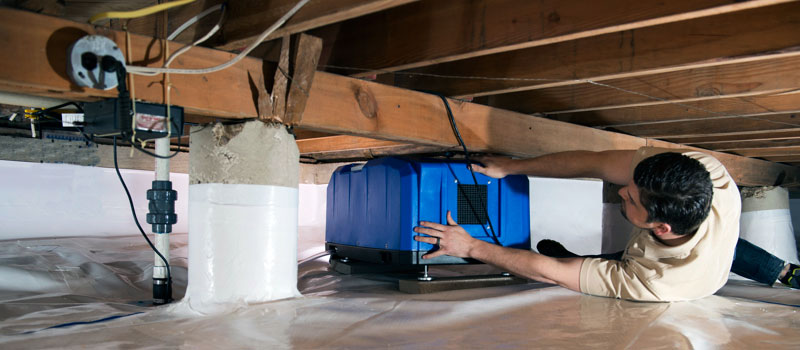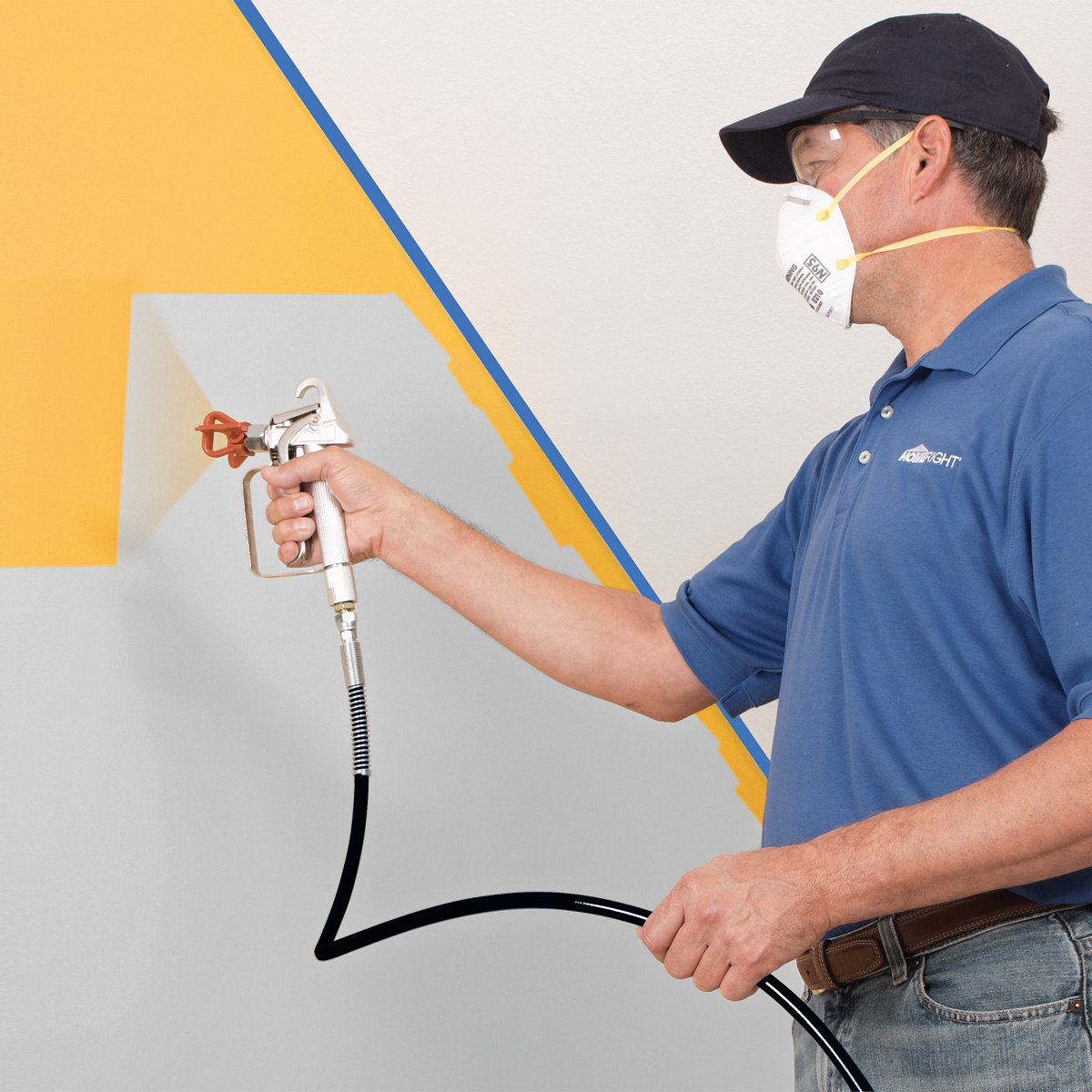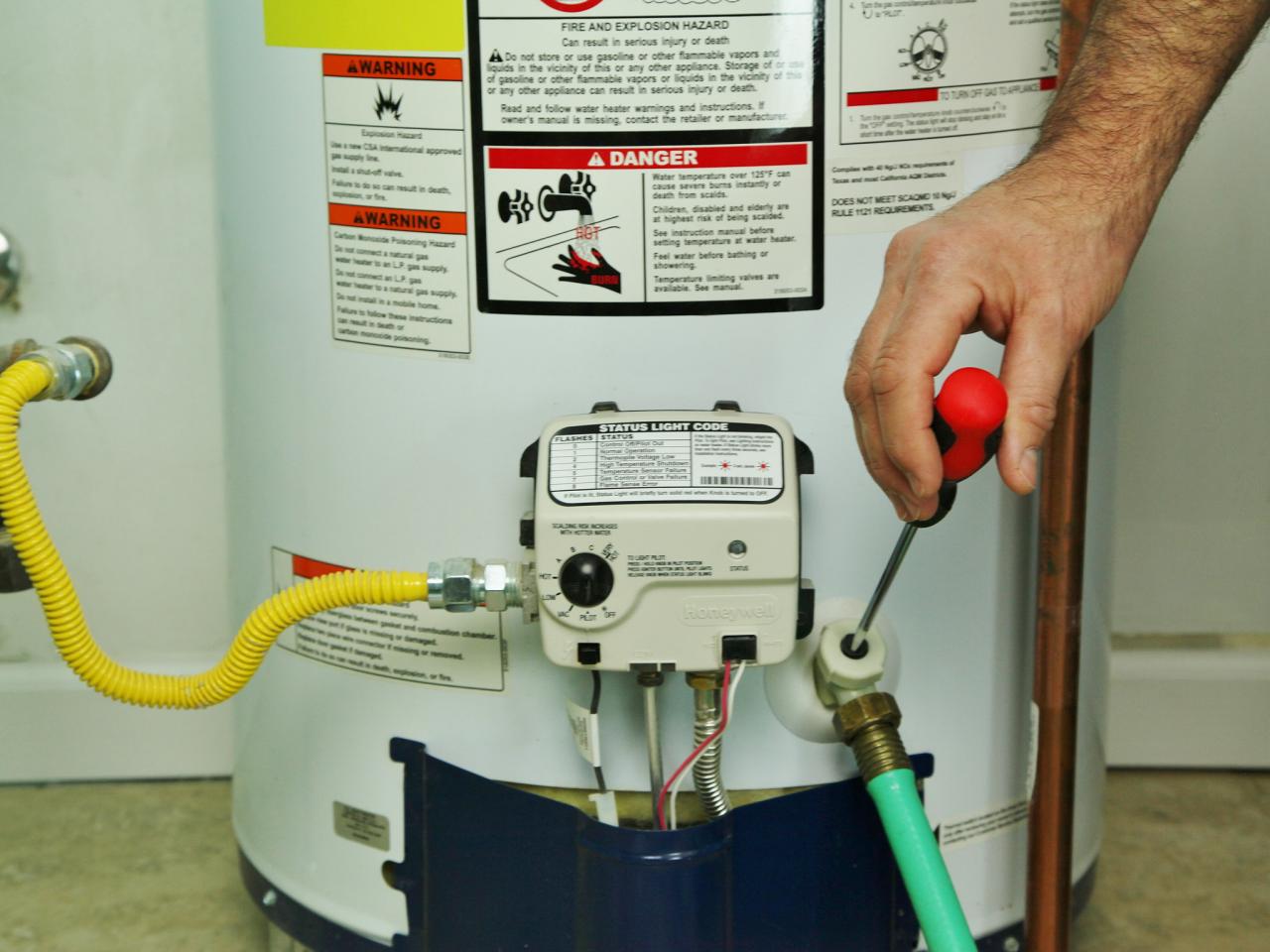Pumps are physical devices that are used to deliver liquids, or fluids, from one place to another through pipes and channels. Pumps are basic pieces of equipment in any industrial settings and they are also used extensively by consumers in the homes. This extensive application has led the pump casting foundries to develop numerous designs to suit different applications.
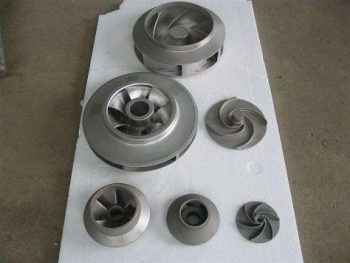
To manufacture the right pump for a job, pump casting foundries must pay attention to the materials that are required to be processed. This will affect the material selection of various pump parts, hydraulics, and shaft sealing. Pump casting foundries have developed a wide variety of pumps to meet the varied needs of the industries. Process design engineers specify the conditions and performance details of the pumps to be manufactured. To do their job effectively, the process design engineers obtain the details of the services so that they can select the best parts.
Suction and delivery pressure, the flow rate, and the pressure loss during transmission are three of the basic requirement to define the application. Each application may have its special requirements. For example, pharma, food, and nuclear industries require different material selection for the pump. Displacement, gravity, electromagnetic force, centrifugal force, mechanical impulse, and momentum transfer are the basic means of the transfer of energy.
Different standards are in place for pump designs. Furthermore, these standards are continuously updated in the light of new developments in the pump casting industry. Currently, the following are considered the most common standards for pump manufacturing.
- API (American Petroleum Institute) standards for centrifugal pumps
- UL (Underwriters Laboratories) standards 51, 343, 1081, 448, and 1247
- AWWA (American Waterworks Association) standards for deep well vertical turbine pumps
- ASME (American Society of Mechanical Engineers)
- ANSI (American National Standards Institute)
- NFPA (National Fire Protection Agency)
- HIS (Hydraulic Institute Standards

